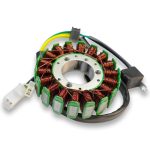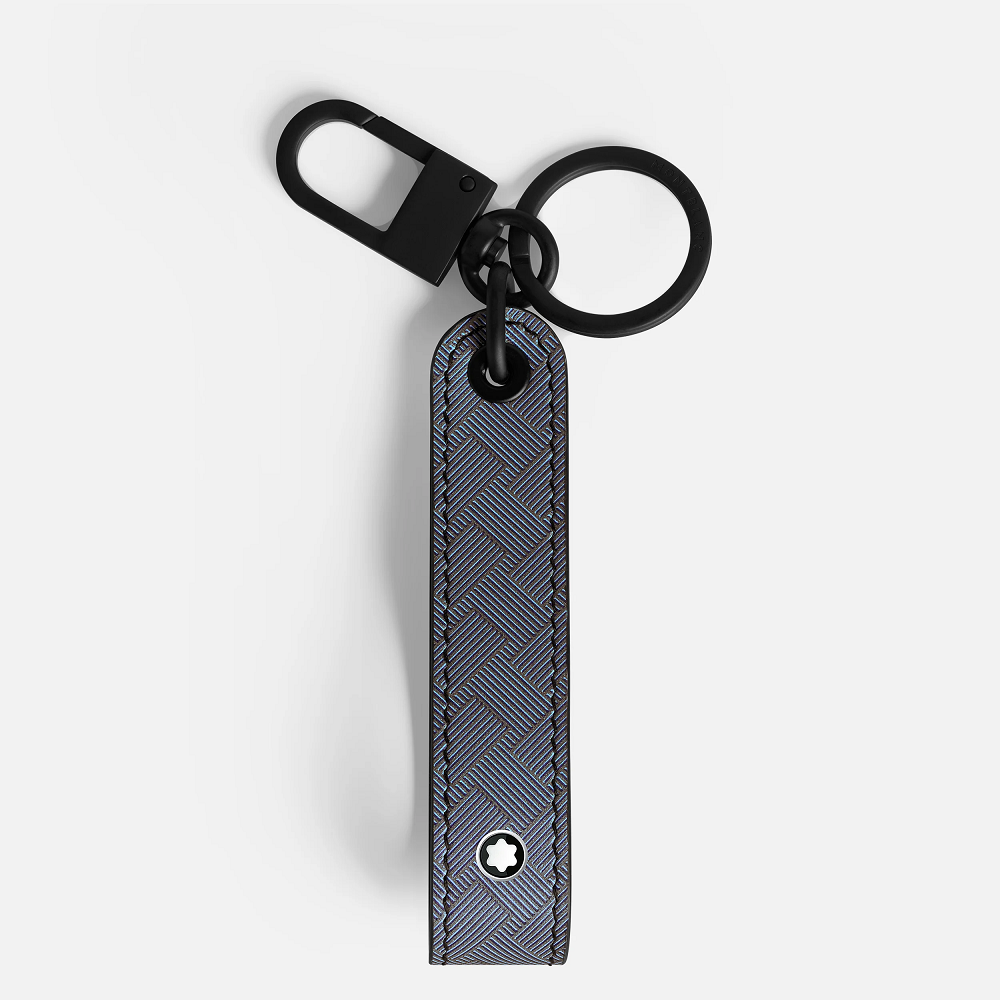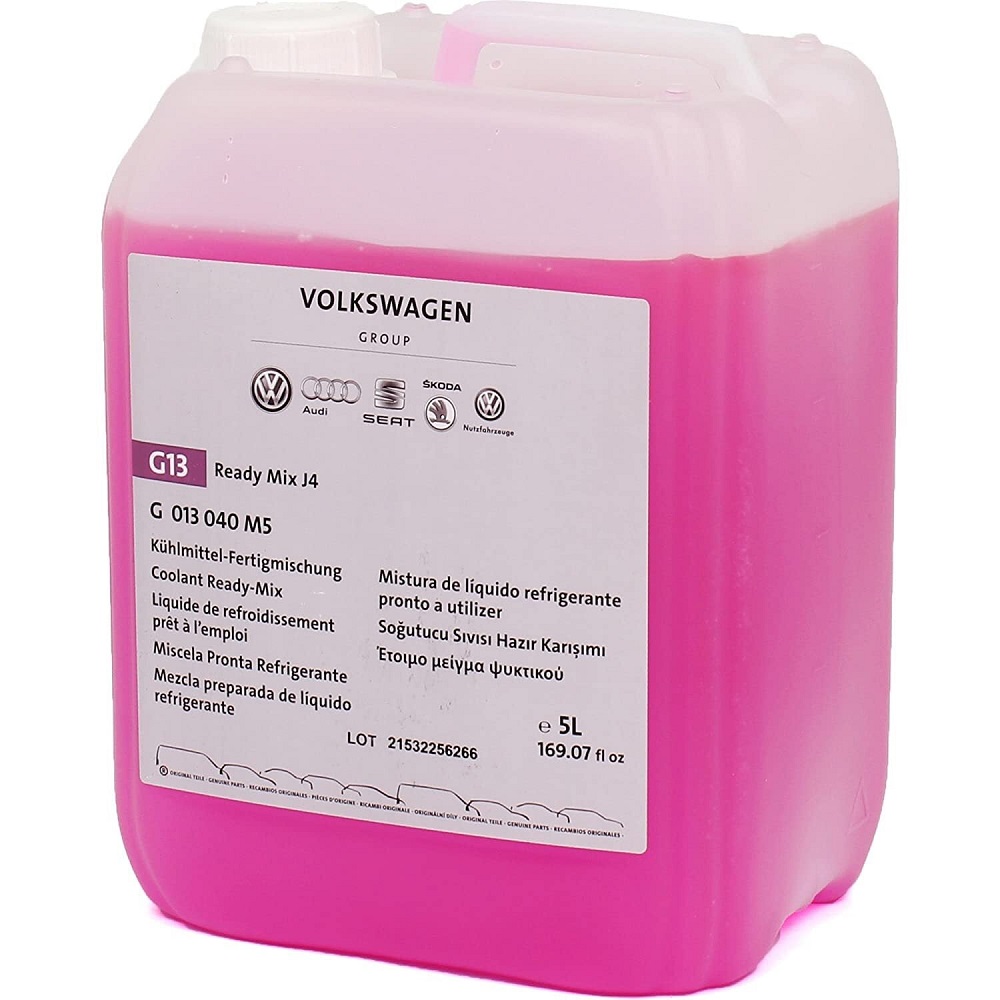Key fobs have become an essential part of modern car technology, offering convenience and security. These small devices allow you to unlock your doors, start your engine, and even activate security features. However, when the battery of a key fob runs low, it can lead to unexpected complications. One common question that arises is whether a low battery key fob can affect your ability to start the car. Can a low battery key fob affect starting the car? This article explores the implications of a low battery key fob, how it affects starting your vehicle, common symptoms, solutions, and how to maintain your key fob over time.
Understanding How Key Fobs Work
The Role of Key Fobs in Modern Vehicles
Key fobs operate using radio frequency identification (RFID) technology. Typically, they communicate with your car’s centralized locking system and engine management system. When you press a button on the fob, it sends a signal to the vehicle, allowing you to unlock the doors or start the engine without needing a traditional key.
Key fobs enhance convenience by enabling features such as remote locking, unlocking, and even starting the engine from a distance. The convenience and technology make key fobs a vital part of modern car ownership, but their functionality depends on having a functional battery.
Types of Key Fobs
There are generally two types of key fobs: standard remote key fobs and smart key fobs. Standard remote key fobs only perform locking and unlocking functions. In contrast, smart key fobs offer additional features, like push-button start and keyless entry.
Smart key systems continuously communicate with the car while in proximity, making them more susceptible to battery issues as they rely on power to maintain that connection. Understanding these key fob types helps clarify how battery life can impact functionality.

Symptoms of a Low Battery Key Fob
Difficulty Unlocking or Locking the Car
One of the first signs of a low battery in your key fob is difficulty locking or unlocking the vehicle. You may notice that the distance you can operate the fob decreases. Instead of functioning from several feet away, you might have to be closer to the car for it to respond.
If pressing the button requires multiple attempts, this is a clear indication that the battery may be running low. It’s essential to address these symptoms quickly to prevent further inconvenience when trying to access your vehicle.
Intermittent Functionality
As the key fob battery weakens, you might experience intermittent functionality. Sometimes the fob works perfectly fine, while at other times, it fails to respond altogether. This inconsistency can lead to frustrating experiences, as you may find yourself standing outside your car, repeatedly pressing the buttons with little response.
Intermittent functionality can also interfere with the starting process. For vehicles with push-button start systems, a low battery can prevent the fob from communicating with the engine system effectively, complicating the starting procedure.
The Relationship Between Key Fob Battery and Starting the Car
Push-Button Start Systems
For modern vehicles equipped with push-button start systems, the key fob’s battery plays a critical role in starting the engine. In these systems, the fob sends a signal to the car’s computer system to allow ignition. If the battery is low, the signal may not transmit effectively, leading to difficulties in starting the vehicle despite pressing the start button.
If the fob battery is completely dead, many smart key systems will prevent the engine from starting altogether. You may see warning lights illuminating on the dashboard, indicating a malfunction or communication error. In this scenario, you need to replace the key fob battery to restore full functionality.
Traditional Ignition Systems
In contrast, vehicles with traditional key-based ignition systems are less affected by key fob battery issues. Even if the key fob battery runs low, you can often still insert the physical key into the ignition and start the car.
However, some key fob designs integrate physical key slots where you can use the traditional key if the battery is dead. Understanding your vehicle’s features can help you troubleshoot effectively, ensuring that you don’t get stuck in a situation where you cannot start your car.
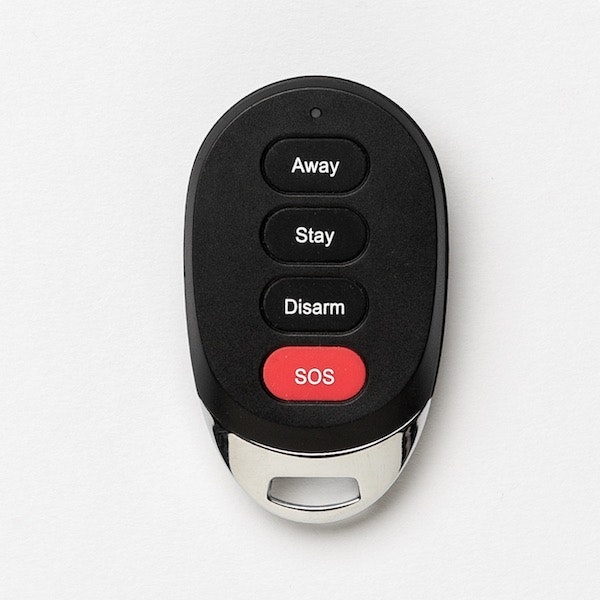
Solutions for a Low Battery Key Fob
Replacing the Key Fob Battery
If you notice signs of a low battery in your key fob, replacing the battery is the most effective solution. Most key fobs contain a standard battery that is relatively easy to find at local automotive stores or online. The most common battery types used in key fobs include CR2032 and CR2025.
To replace the battery, follow these simple steps:
- Look for a small slot or indentation on the fob to pry it open. Use a small flathead screwdriver or a coin to gently pop it apart.
- Remove the old battery, taking note of its orientation. You’ll want to insert the new battery in the same way.
- Place the new battery in the compartment, ensuring it’s seated properly.
- Reassemble the fob by pressing the two halves back together until they click into place.
By keeping a spare battery on hand, you can easily replace it when needed, preventing unexpected problems.
Programming the Key Fob
After replacing the battery, you may need to reprogram the key fob to ensure smooth functionality. Different vehicles have specific processes for reprogramming remote key fobs, which you can usually find in the owner’s manual.
The process often involves a combination of turning the ignition key to specific positions while pressing buttons on the fob. If you encounter any difficulties, don’t hesitate to consult a dealership or search online for specific instructions tailored to your vehicle’s make and model.
Preventive Maintenance for Key Fobs
Regularly Check the Battery
One of the easiest ways to ensure your key fob performs optimally is to check the battery regularly. If your key fob features a battery life indicator, pay attention to the warnings. Generally, a key fob battery can last between three to five years, depending on usage.
If you notice decreased functionality or are approaching the battery’s lifespan, preemptively replace it to avoid complications down the road. Regular maintenance is easier and less costly than dealing with the frustration of a malfunctioning key fob when you least expect it.
Store the Key Fob Properly
How you store your key fob matters. Avoid placing your key fob near magnetic objects or other devices that might interfere with its electronics. Strong magnets can deactivate key fob features and diminish battery life.
Instead, store your key fob in a designated location like a drawer or bowl away from electronic devices. This simple strategy can extend its lifespan and maintain performance.
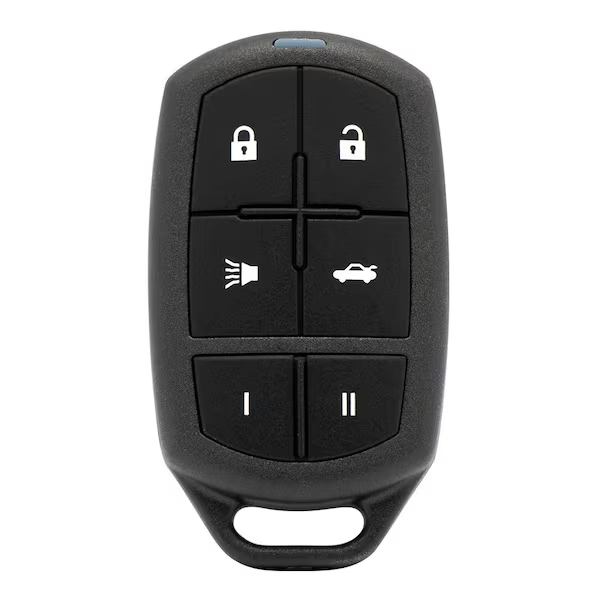
Understanding Key Fob Limitations
Learn the Range Limitations
Knowing the range limitations of your key fob can help avoid frustration. Most key fobs have a standard operational range of approximately 30-100 feet, depending on the model and technology used. If you find yourself needing to press the buttons multiple times or get closer to your car, these are hints that your key fob battery may require replacement.
Understand that obstacles like walls and large objects can potentially reduce the effective range. Staying aware of the conditions under which your fob operates can minimize unnecessary issues.
Know When to Seek Professional Help
While replacing a key fob battery and troubleshooting minor issues is usually straightforward, there are times when you may need professional assistance. If replacing the battery doesn’t resolve the issue, or if the fob does not respond after new batteries and reprogramming, seeking help from a professional is essential.
Dealerships and automotive locksmiths often provide diagnostic services to check the key fob and its communication with the car. They can address potential issues like electronic malfunctions or damage, helping you get back on the road more quickly.
Considering Upgrades or Replacements
Evaluating Costs
If you find that your key fob frequently requires battery replacements, repair, or reprogramming, it might be time to evaluate the overall costs versus benefits. While replacing a battery is inexpensive, repeated issues may point to a more significant underlying problem or even an outdated key fob.
Research the cost of getting a new key fob versus maintaining the old one. In many cases, dealerships offer promotions or discounts for key fob replacements, making it a more affordable option than you initially expected.
Exploring Aftermarket Options
If upgrading seems necessary, explore aftermarket key fobs that may offer more features. Aftermarket fobs sometimes come at a lower price and can provide additional convenience features like smartphone connectivity.
Be sure to conduct thorough research to ensure compatibility with your vehicle before purchasing. Read customer reviews and consider professional installation to guarantee proper functionality.
Conclusion
A low battery in your key fob can indeed affect your ability to start your car, particularly in modern vehicles that rely heavily on electronic controls. As you observe symptoms like difficulty unlocking doors, intermittent functionality, or issues with ignition, it becomes essential to address these problems promptly.
By knowing how to replace the battery, maintaining your key fob, and understanding its limitations, you can minimize disruptions in your daily routine. Whether you choose to upgrade or replace your key fob, commit to regular checks and proper storage to ensure optimal performance.
With these strategies in mind, you can easily manage your key fob’s functionality, ensuring a reliable and efficient driving experience. After all, convenience and security should always be at the forefront of your vehicle experience.
